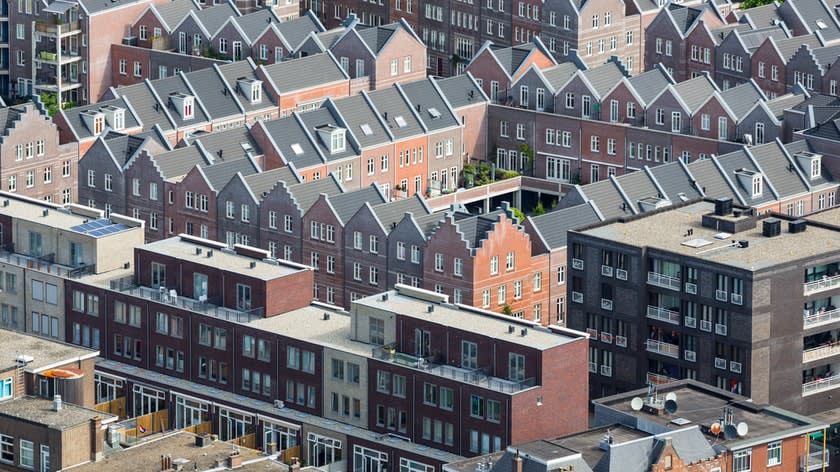Housing Market Monitor - Growing uncertainty after Russian invasion

House prices continue to rise, but less sharply than before. Lower confidence heralds further decline in housing transactions. Mortgage rates rise again after years of decline, but remain historically low. High energy prices emphasise the importance of home sustainability.
We are sticking to our previously issued price estimates. We expect house prices to rise 12.5% this year and 5% next year. Last year, prices rose by 15.2%. The reason for the weakening is the affordability of the housing market. This is worsening due to the sharp rise in house values and because real incomes are under pressure due to high inflation. Furthermore, affordability is tempered by mortgage interest rates. Mortgage rates are rising due to stubbornly high inflation and the monetary authorities’ policy reaction. Central Banks are trying to curb inflation by accelerating the tightening of monetary policy. In addition, mortgage rates are rising due to higher risk premiums on financial markets. Since the Russian invasion of Ukraine, the financing costs for mortgage lenders have increased.
However, we have revised the estimates of the number of transactions downwards: for 2022 from -10% to -15% and for 2023 from +5% to 0%. The war in Ukraine is causing unrest, also among potential house buyers. That confidence was already under pressure because there are few houses for sale. Due to the lack of affordable housing, many potential buyers give up and abandon their search. The flow on the housing market could improve if more new houses were realised. That is also the government's aim. But as yet, there is little prospect of a strong increase in housebuilding. With the rising cost of materials, the lack of personnel and the high cost of land, the number of obstacles seems to be increasing rather than decreasing. In addition, the environment, the climate and public health present challenges. This creates doubts about whether all the planned housing construction can actually be realised.
In addition to new buildings, making the existing housing stock sustainable also requires a great deal of attention. The recent sharp increase in energy costs underlines the need to reduce the consumption of natural gas. This requires better insulation of homes. The majority of homes currently have too low an energy label, causing energy to be wasted. Depending on the year of construction, the façade, floor, roof and windows need to be improved. In the future, the remaining energy consumption will have to rely on energy sources other than natural gas. The main alternatives are an electric water pump (powered by wind and solar energy), a connection to the heat network (if necessary, supplemented by an electric water pump) and green gas (e.g. produced from VGF waste, manure and sludge). This energy transition requires money, manpower and organisation.
